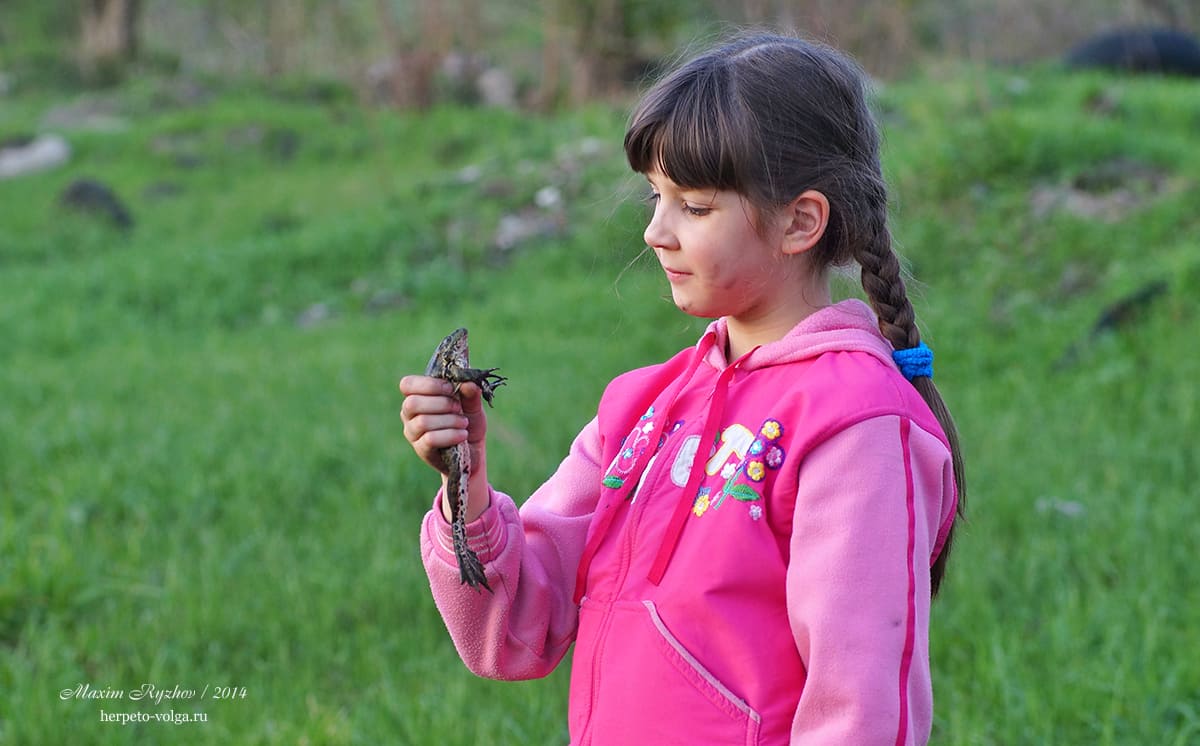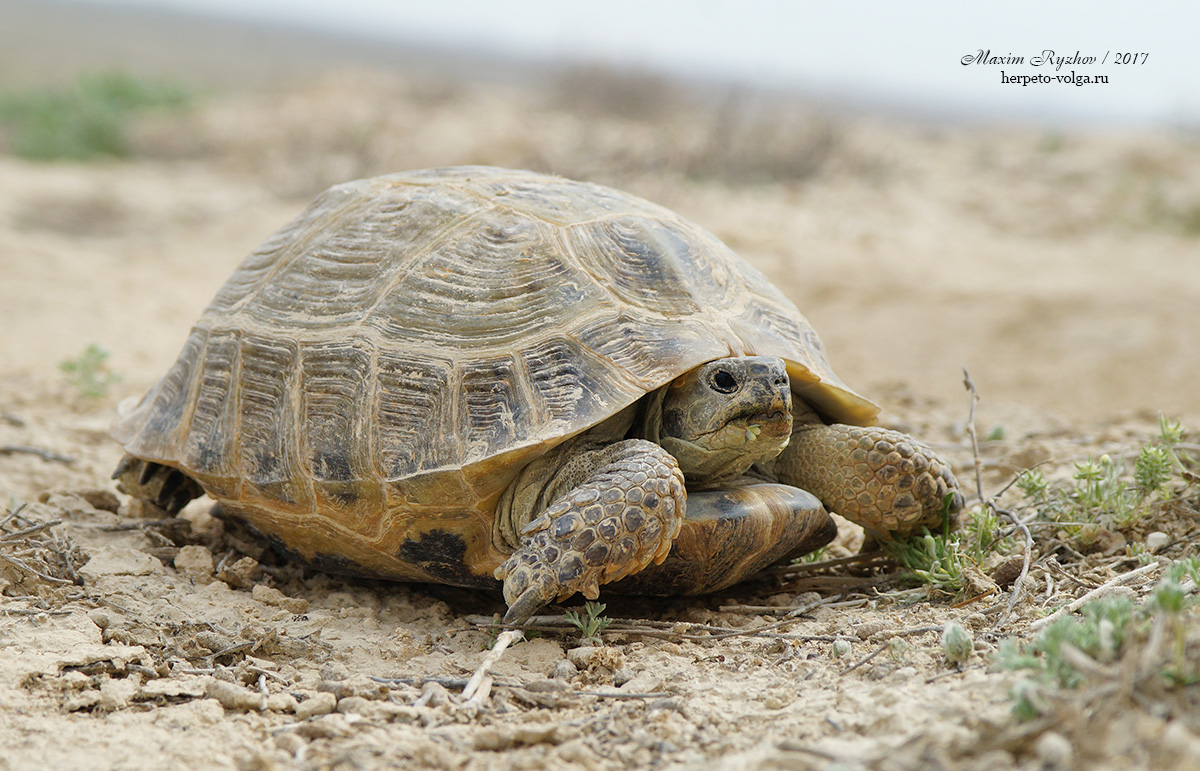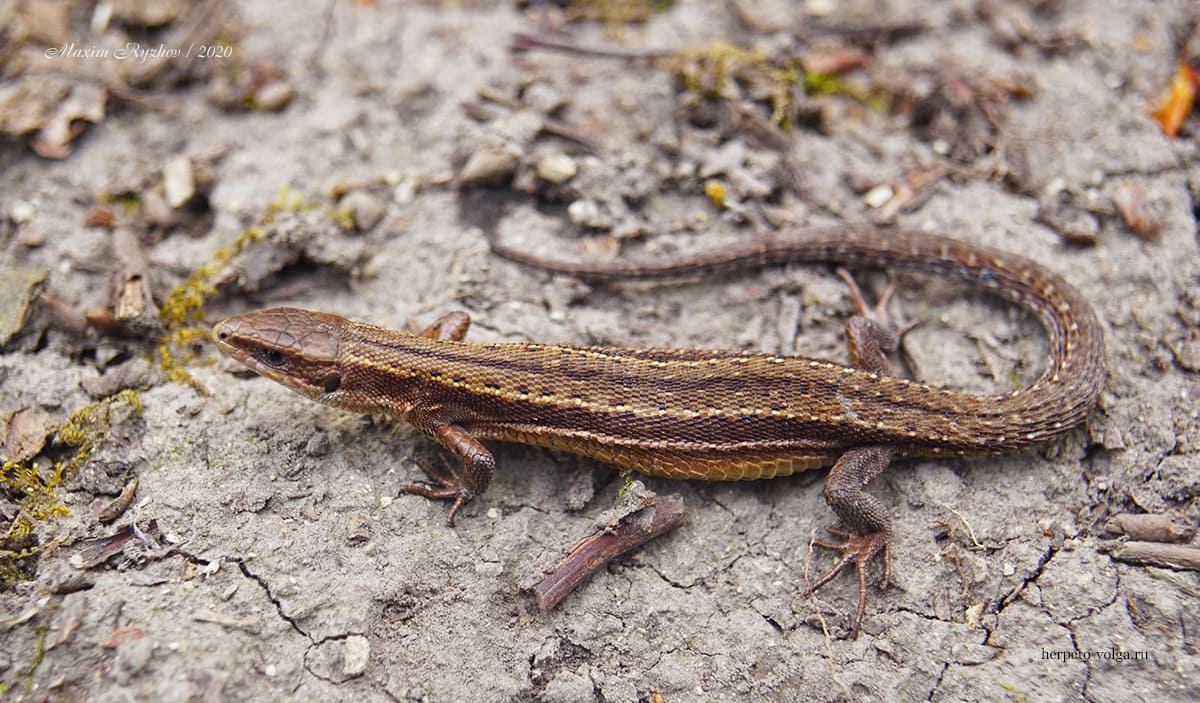Australia’s Dangerous Snakes. Identification, Biology and Envenoming
Peter Mirtschin, Arne Rasmussen, Scott Weinstein // CSIRO Publishing, 2017. 432 pages
Аustralia’s venomous snakes are widely viewed as the world’s most deadly and are regarded with cautious curiosity, fascination and, regrettably, fear. Australia’s Dangerous Snakes examines the biology, natural history, venom properties and bite treatment of medically important venomous marine and terrestrial snakes. It contains comprehensive identification profiles for each species, supported by keys and photographs. In addition to their medical importance, the environmental roles of these snakes and the threats that are causing the decline of many of these reptiles are discussed. Drawing on the authors’ experience in the fields of herpetology, toxinology and clinical medicine, this book stimulates respect and admiration and dispels fear of Australia’s fascinating snakes.
Скачать с Яндекс Диска / Download










